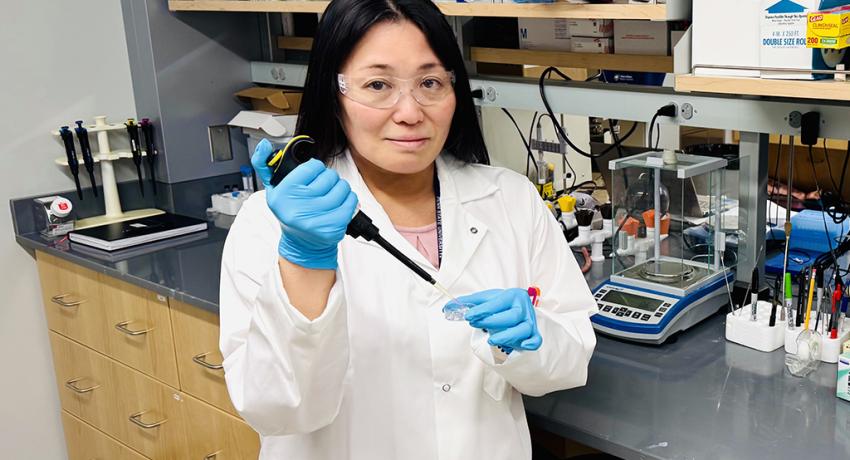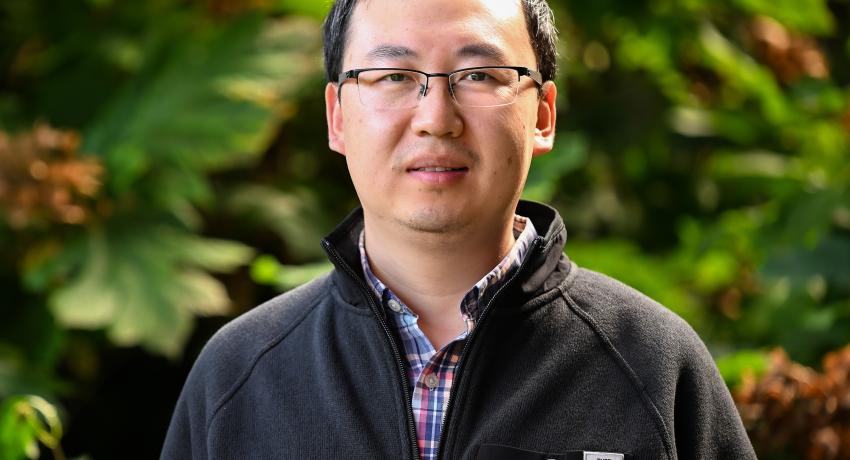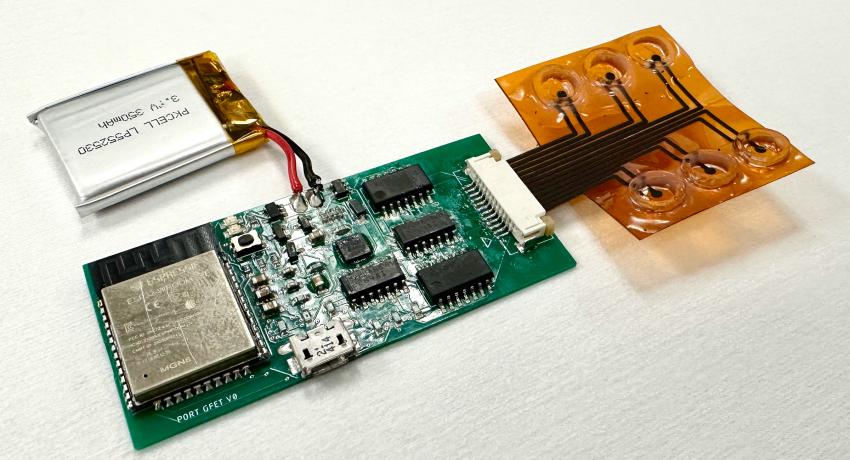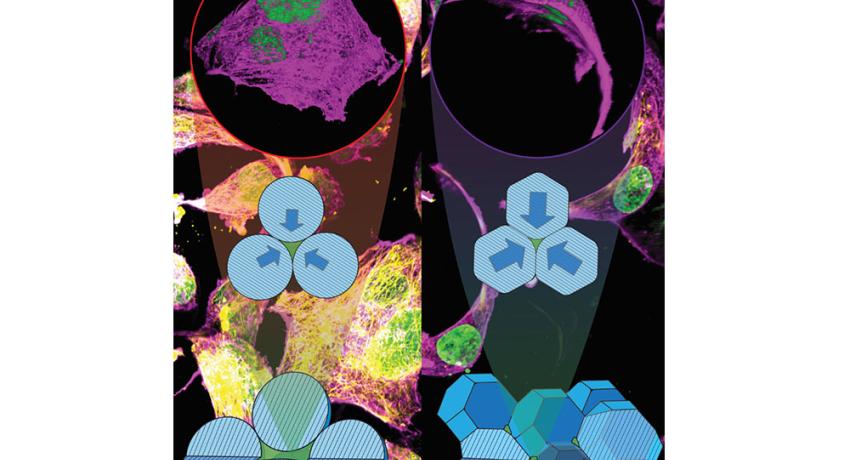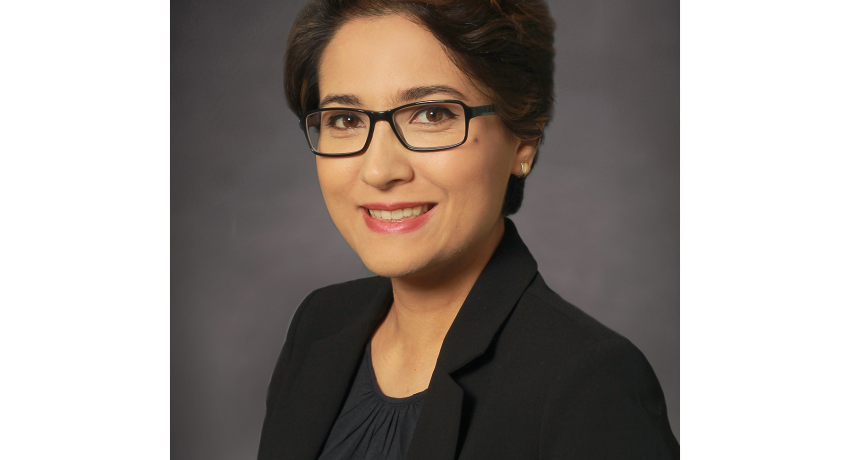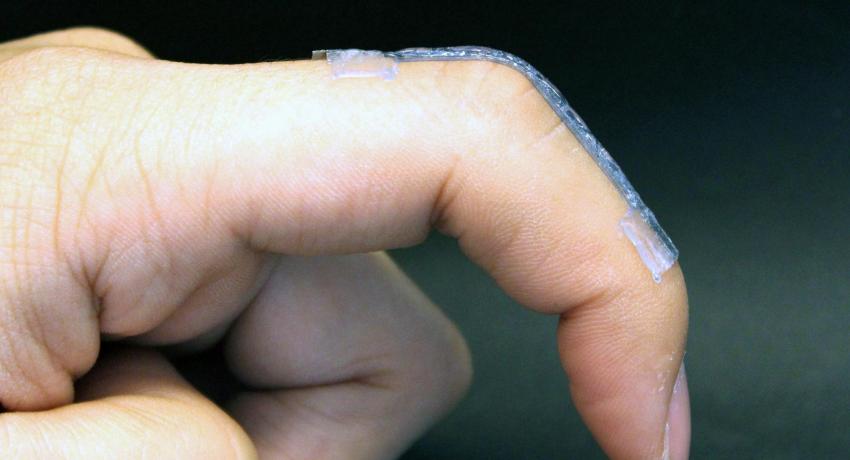$3.2M to fund flu-bacteria interaction study in 3D-bioprinted lung platform
To investigate the interactions between the influenza virus and bacterial microbe infections and how these interactions impact the lungs, a team co-led by researchers at Penn State and Duke University School of Medicine has been awarded a four-year, $3.2 million grant from the National Institutes of Health.
